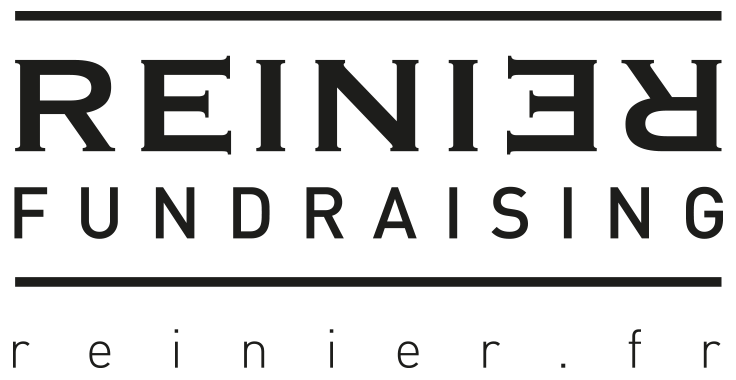Retention Fundraising: adapt or die!
Almost 10 years ago Roger Craver gave me the book Moneyball from Michael Lewis. I was excited, because I have played ball since I was a kid. I love baseball. The book is about the Oakland Athletics baseball team and its general manager Billy Beane.
Roger told me it could widen my horizon, that I would look at things differently and think outside the (batter’s) box. He wasn’t talking about baseball, but fundraising…
In a recent post on The Agitator Roger says:
“Beane takes on the system by challenging the fundamental tenets of the game. He looks outside baseball’s cherished dependence on the intuition of scouts and hires a brainy young number-crunching Harvard-educated economist to help him figure out a better way.
Armed with computer-driven statistical analysis long ignored by the baseball establishment, they go after players overlooked and dismissed by the business-as-usual baseball world for being too old, injured, or too much trouble, but all of whom have key skills that are universally undervalued.”
Ten years later Roger wrote his own book: Retention Fundraising.
In this book Roger shows you key insights that should change your perspective on how to retain your donors. It’s one of those books where you immediately start underlining paragraphs.
My main take away: fundraising is not about raising funds. It’s about understanding donor motivations and building relationships. It’s about the donor, not about your nonprofit.
Roger explains that the basis of a donor/charity relationship is based on reliability, consistency and mutual respect. This results in trust. Trust drives commitment. And commitment drives donor behavior.
We tend to focus on short - term tactics and results but we should focus on building the best relationships. We need to ask ourselves: Why do donors stay or go? What experience will positively or negatively affect donor commitment? Don’t let donations be the only variable in deciding where you put your focus.
After reading this book you will know that most of the reasons why donors leave your organization are your own fault! You could summarize it as lousy communication with your donors, no real interest in them and no acknowledgement of them either. The good news is: you are in control of this, so you can fix it!
You will also find out there are many barriers to retention. To begin with: the silos in your organization, because they are the biggest enemy of great donor communication. And here’s another one: the activities that add the most value (e.g. proper thank-you and welcome programs) are usually most ignored in your program! One more: when you fail to differentiate yourself from others, you open yourself up to the contradiction that “best practices have resulted in an undifferentiated sea of sameness”…
That last one is so true that it hurts. We need to break free from the uniformity. If you want your charity's story to actually be remembered, something needs to change. If you pick up a stack of direct mail appeals or newsletters or see 10 e-mails next to each other, they are pretty much the same. Admit it. The logo might be different, but otherwise it's the same. You can see the differences, but your audience can't.
Adapt or die!
“Although data analytics is an element in the story, that’s not really what Moneyball is about. Instead, it’s a real-life story of innovating, of changing your mindset to succeed. Or as Billy Beane puts it in the movie, ‘Adapt or die’.”
Roger explains there are certain donor experiences, so-called drivers of commitment, which really matter to donors. Some experiences don’t matter at all, and some even have a negative effect. Once you’ve identified their importance you can reprioritize them. Why would you want to spend too much time on crafting that special appeal, while your donor service desk, or a simple newsletter is actually what truly matters to donors?
By doing surveys we can also construct a donor commitment score per donor. This score is projecting future performance. That’s why we want to spend our time and energy on the donors with a higher commitment.
By combining transactional data and qualitative research Roger concludes that in general there are 7 key drivers of donor commitment.
(1) The donor perceives your organization to be effective in trying to achieve its mission.
(2) The donor knows what to expect from you with each interaction.
(3) The donor receives timely thank-you’s.
(4) The donor has the opportunity to make their views known.
(5) The donor is given the feeling that he or she is part of an important cause.
(6) The donor feels her involvement is appreciated.
(7) The donor receives information that shows who is being helped.
Do you realize what you can do with this kind of information? You can shift your resources to the areas and donors that really matter for your fundraising program. It’s not rocket science. But so far only a few of us are really good at this. And they are the best fundraisers.
The book contains much more practical tips and tricks that you can easily apply in your non-profit. Many of them without additional cost. I suggest you read the entire book and apply its wisdom on your own program.
I think Roger can become the Billy Beane of fundraising.
“It took some time, but eventually most of baseball adopted the Moneyball mindset and strategy. And that’s exactly what’s going to happen in the world of fundraising.”
I hope so. With all my heart.
Assuming you are or want to be a smart fundraiser. Buy. This. Book.
(Americans here. Europeans here.)
[This post is slightly adapted from a post that first appeared on 101fundraising.]

